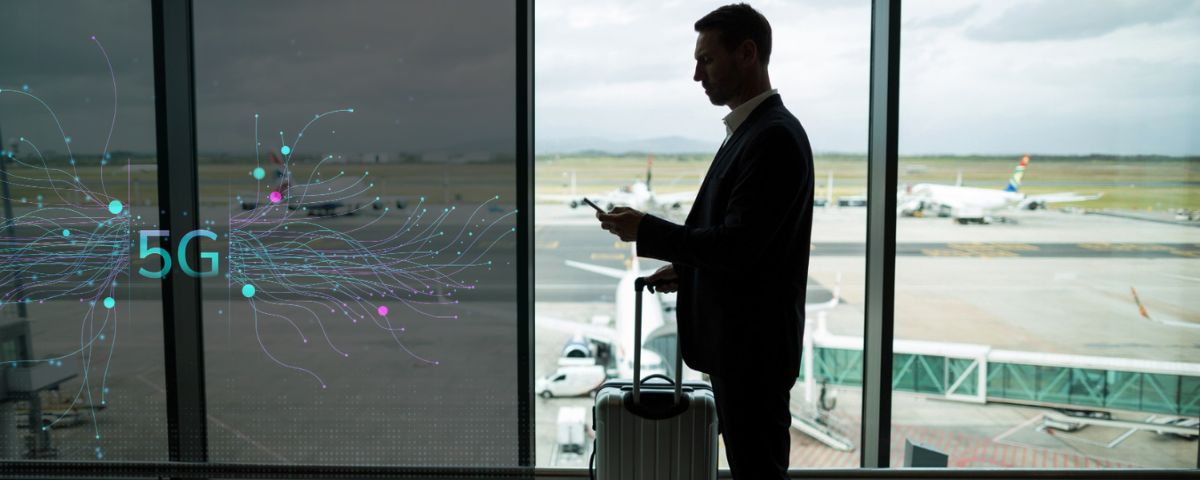
5G deployment has been rapidly expanding across various regions in India. However, one notable area where telecom operators are refraining from introducing 5G is airports. The concern revolves around the potential interference of 5G frequencies with the altimeter frequencies inside aircraft, posing a risk of accidents. The Directorate General of Civil Aviation (DGCA) has issued directives to telecom companies, urging them to refrain from deploying 5G in airport premises or areas near airports where the signals might reach the airstrip.
Recognizing the importance of safeguarding the airstrip from potential interference, telecom operators proposed the use of low-powered radios to the DGCA. This solution would limit 5G signals to the waiting area or inside the terminal building, reducing the risk of interference with critical aircraft equipment. However, the DGCA has reportedly rejected this proposal, as reported by Financial Express.
To address safety concerns, the DGCA has instructed telecom companies not to install 5G base stations within a specified range, maintaining a distance of 2.1 km from the end of runways and 910 meters from the central line of the runways. This precautionary measure aims to prevent accidents resulting from interference between 5G signals and altimeters. Altimeters play a vital role in aircraft navigation, providing pilots with information about the distance between the aircraft and the ground, crucial during both takeoff and landing.
As airlines gradually upgrade their aircraft with next-generation altimeters that are less susceptible to 5G interference, the DGCA anticipates a resolution to the safety concerns. However, this transition is expected to take time, and it is estimated that Indian airports may not witness the introduction of 5G for the next 1.5 to 2 years. It’s worth noting that in countries where 5G is already operational within airports, altimeters reportedly function without issues, and no accidents related to interference have been reported.



